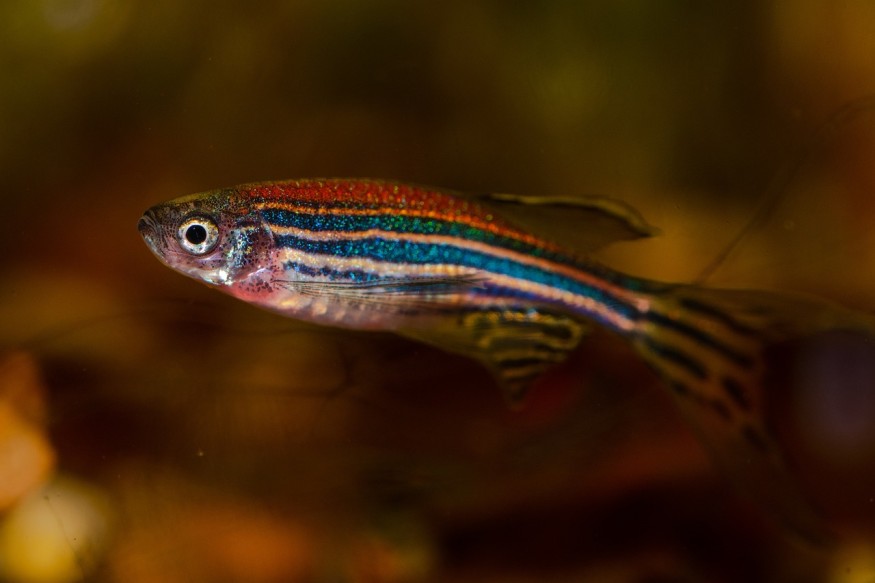The zebrafish heart regeneration phenomenon is both a biological and medical wonder that has fascinated the minds of scientists for a long time. The process involves the immediate repair of damaged heart tissue or muscle through internal clotting that prevents bleeding in a matter of seconds. However, not all members of the animal kingdom possess this unique biological trait.
Heart repair among the zebrafish species (Danio rerio) had been a mystery to biologists and the scientific community in general until recently. Earlier this month, an experimental study led by scientists from the University of Utah found an answer. Particularly, the new research paper shows why the zebrafish can but other fish species cannot heal their damaged heart.
While the subject matter focuses on the trait of D. rerio to mend its heart wounds while some other animals cannot, the significance of the topic also lies in its potential application or relevance to human medicine. For instance, understanding the regenerative abilities of the zebrafish could be a game-changer against cardiovascular disease, which is the leading cause of human death globally.
Zebrafish Heart Regeneration

In the study published in the journal Biology Open on April 5, Clayton Carey and other researchers from the University of Utah in Salt Lake City in Salt Lake City, United States, found the mystery behind zebrafish heart regeneration. Through experiment, the scientists were able to find the distinct features of a regenerating heart revealed through comparative single-cell profiling.
The baseline of the research paper comes under the context that the hearts of humans and zebrafish are similar in many respects. However, our vertebrate cousin D. rerio can regenerate their damaged cardiac muscle to replace a large area of the damaged heart. On the other hand, adult humans are left with a permanent scar during a heart injury or heart attack, which can lead to potential death.
Zebrafish and Medaka Difference
To understand by humans and other animals lack the ability to repair their hearts, the research team used comparative single-cell profiling by comparing cardiac injury responses in zebrafish and medaka or the Japanese rice fish (Oryzias latipes). The team chose medaka since it has a similar heart anatomy and common teleost ancestry with zebrafish but they differ in regenerative capability.
The results of the study showed the presence of altered cell recruitment and a different pro-inflammatory gene program in medaka leukocytes. Furthermore, the researchers found the absence of the injury-induced interferon (natural protein) response among zebrafish. This means that this unique type of protein is found in zebrafish but not in the medaka species.
The continued research on zebrafish heart regeneration, as provided in the University of Utah-led study could pave the way for the application of the zebrafish's unique trait to human medicine, especially when it comes to treating or preventing heart disease.
© 2026 NatureWorldNews.com All rights reserved. Do not reproduce without permission.





